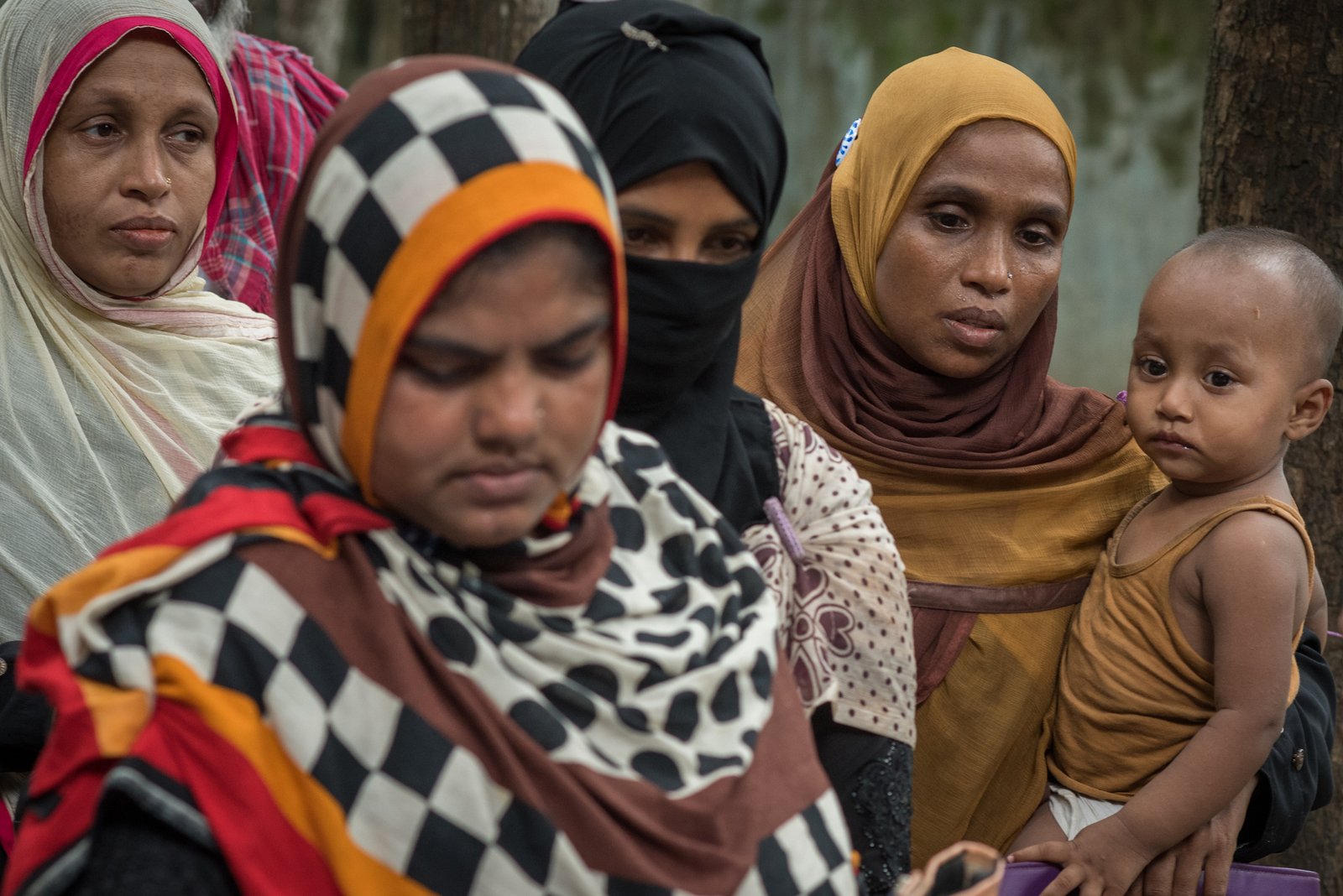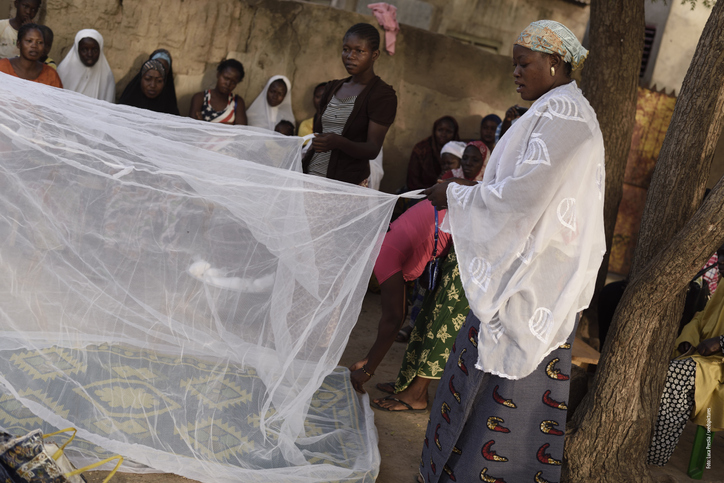The Sustainable Development Goals (SDGs) have the potential to drive a transformation of global health that lies far beyond the targets represented by individual indicators. This column argues that while the fascination of some development institutions with eradicating high-profile diseases is comprehensible and the desire to make progress measurable is understandable, the real promise of the SDGs for global health lies in the prospect of inclusive development.
The Sustainable Development Goals (SDGs) represent an unprecedented effort to acknowledge the complexity and interconnectedness of global challenges, and to address these challenges through concerted targeted interventions. Yet while these interventions might collectively help to solve complex challenges, there is a danger that focusing on individual targets leads to an oversimplification of the challenges while the big picture gets lost.
From a global health perspective, this ambivalence can be illustrated with the following considerations. To begin with, there is the danger that too much emphasis is put on infectious diseases and that the control of infectious diseases is interpreted in the narrow biomedical sense of disease eradication. This is problematic for at least two reasons:
- First, it threatens to marginalize the SDGs’ holistic and equitable approach, which is fully supported by research on the social determinants of health.
- Second, disease eradication is conceptually convincing but extremely demanding in practice. Clear signs of the consistently overlooked complexities are failed eradication attempts and the fact that – whether successful or not – they have cost a great deal more than anticipated. This tension between conceptual clarity and practical complexity often leads to a situation in which people who pursue advocacy cannot wait to announce an “eradication campaign” or “endgame” as the next step in control efforts, while researchers who work on the disease tend to be more aware of the challenges that lie ahead and will want to see them addressed first.
As a consequence, there are confusing debates about terminology that are actually debates about grand strategy. For example, the Global Fund’s slogan of “ending” the big three infectious diseases “as epidemics” has led to confusion since some people overhear the “as epidemics” part and create the impression that the end of these diseases is near – although drug resistance and other challenges suggest otherwise.
Similarly, although the World Health Organization has cautiously set up a Scientific Advisory Group to debate the feasibility of malaria eradication, Bill Gates and Ray Chambers have rushed ahead of these processes and created the End Malaria Council. In the same vein, the Roll Back Malaria (RBM) Partnership has been renamed the RBM Partnership to End Malaria, also suggesting that the end of the disease is near.
Since the latter step was explained with reference to the SDG Target 3.3, which has been modeled on the Global Fund’s slogan of ending malaria as an epidemic, the pitfalls of focusing on individual targets and the indicators that measure them should become clear.
The key point is that the RBM Partnership to End Malaria acknowledged the importance of the SDGs, but it did not point out the positive effects that progress in sustainable development as a whole will have on malaria control and on the control of various other diseases, including non-communicable diseases. Rather, it reinforced the known preoccupation with vertical approaches that have an inherent tendency to call for the eradication of individual diseases – a tendency that is further reinforced by private donors’ demand for measurable and attributable outcomes.
Debates around measurability illustrate the danger of operationalizing the individual targets in such narrow terms that the progressive and transformational character of the SDGs is marginalized. This has been discussed extensively in the context of Universal Health Coverage (UHC), but the problem goes much further since even the indicators for UHC that were eventually chosen provide merely a starting point on the road to the right to health.
As countries with reasonable UHC show, the fine-tuning of health coverage, such as the accessibility of services, provides enough challenges to warrant continuous political debates. In other words, if comprehensive rights, such as the right to health, are broken down into specific goals and targets that will then be measured via particular indicators, the original comprehensiveness will automatically be lost and require recurrent discussions of the question of what aspects in particular have been overlooked.
What this comes down to is that successful implementation of the SDGs requires the involvement of individuals and institutions that keep emphasizing the far-reaching potential of the SDGs that lies beyond the isolated targets as they are captured in individual indicators.
Civil society organizations that secured a comprehensive approach to the SDGs in the first place are an obvious starting point. But in addition to international groups and NGOs, citizens and local activists will have to challenge the key institutions in their national political and economic systems, as well as transnational institutions, to work towards inclusive development and inclusive societies – those that are built on social, ecological and relational inclusiveness.
This holistic approach to global health may lead to political conflicts and it certainly implies social change – but previous generations around the world also had to work actively to claim their rights, and it has always been clear that the SDGs have actually set a transformative agenda.





